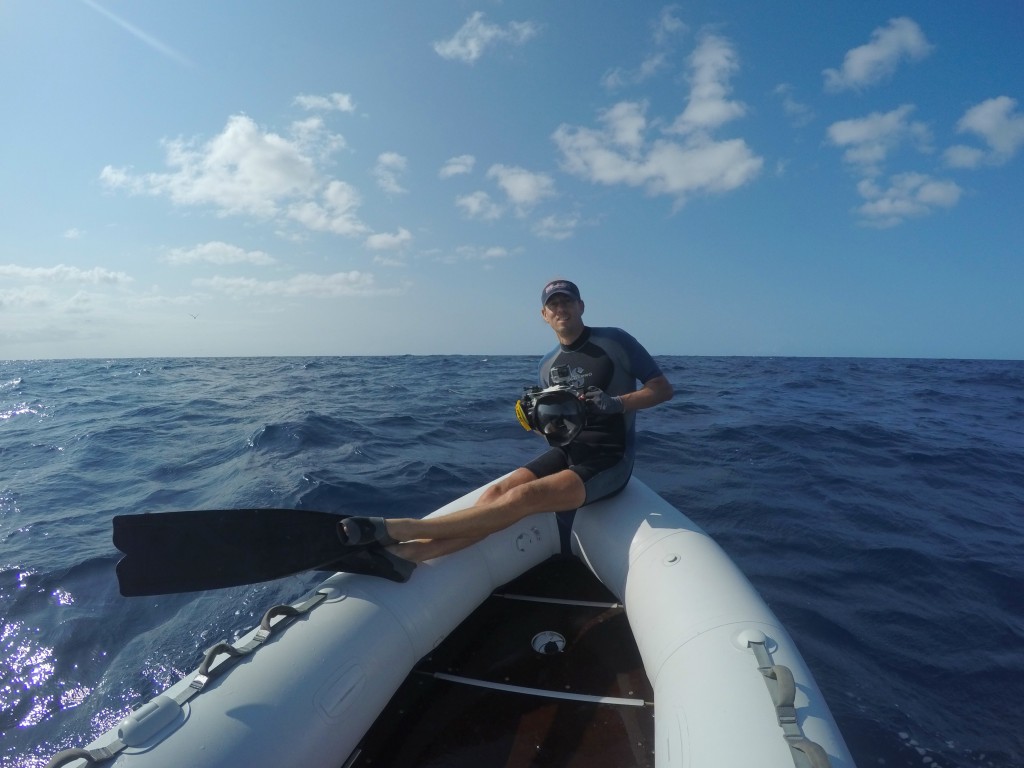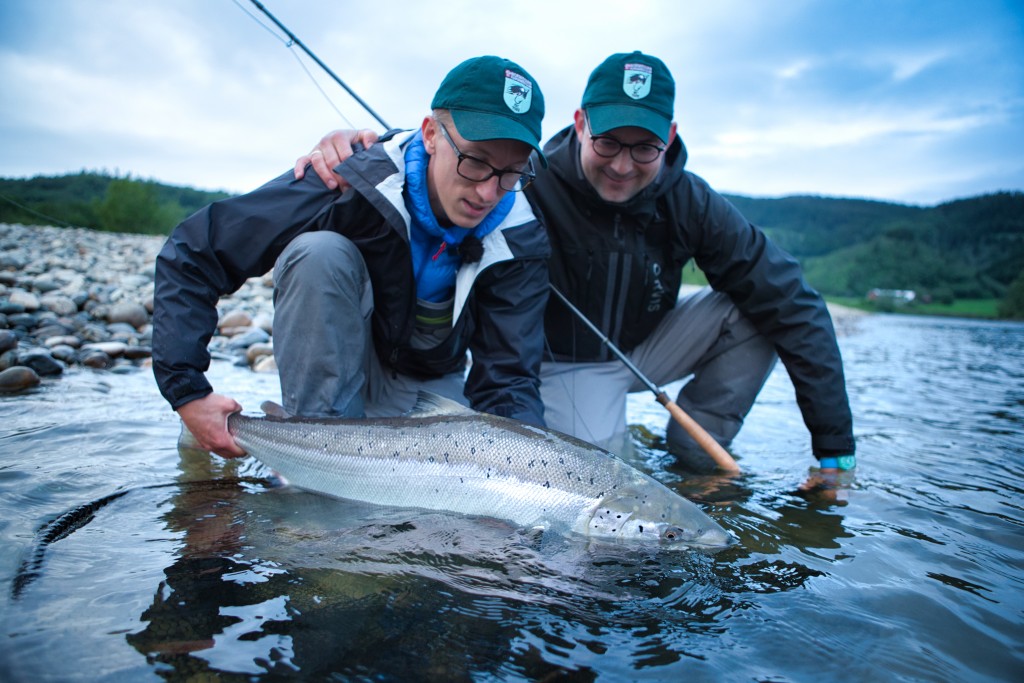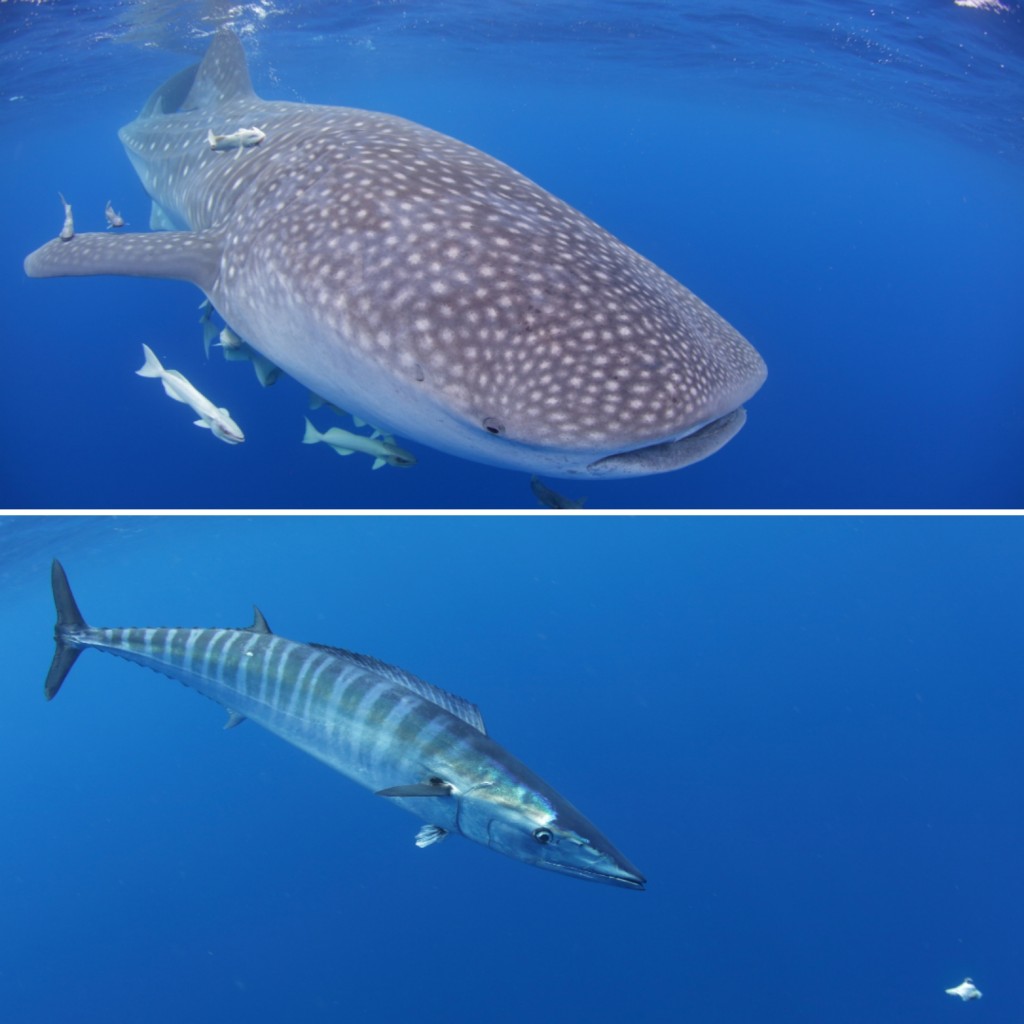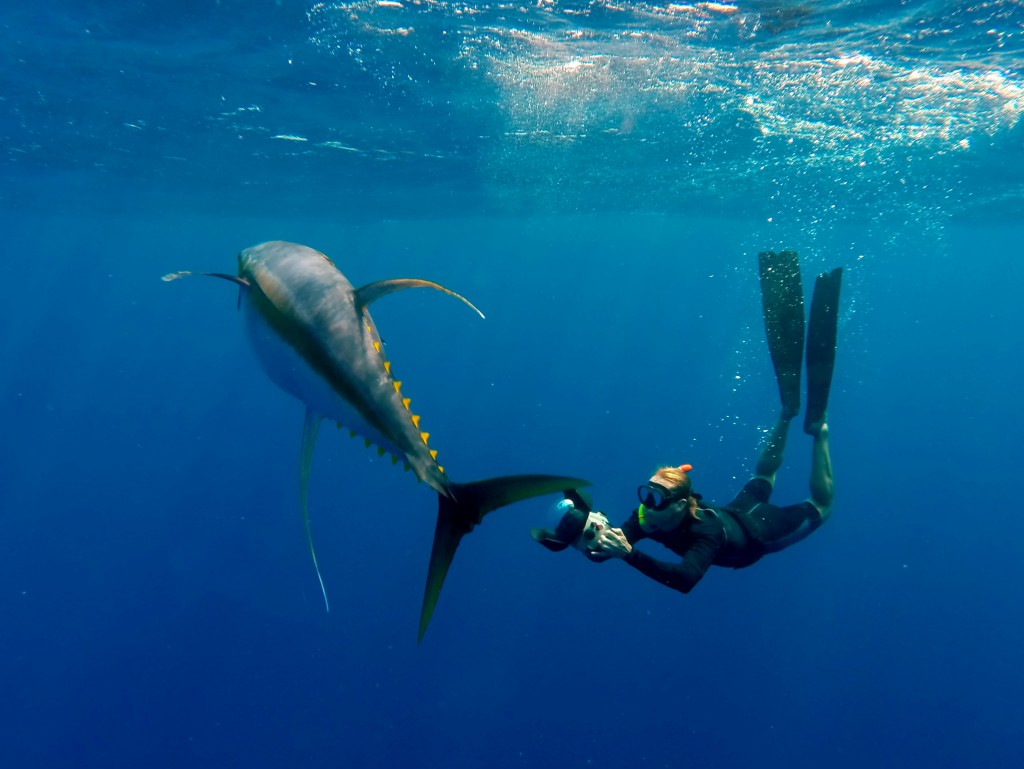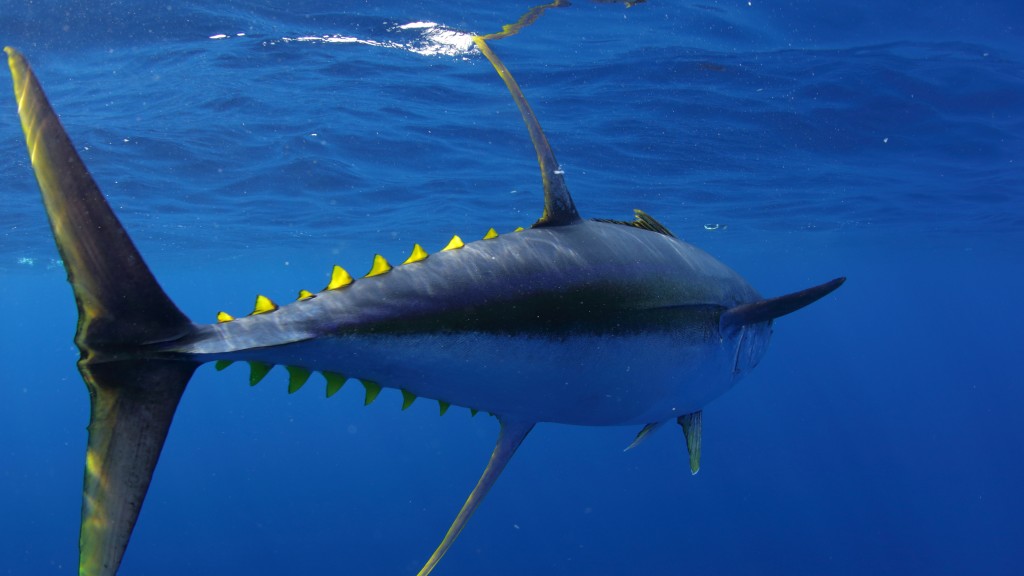You don’t know him? Haven’t you heard about Tapâm? Please, be my guest to learn more about this man…
Greg: so first, Daniel, can you introduce yourself?
Daniel: I’m a filmmaker and photographer that holds an M.Sc. in Geography/hydrology. So, I swing between both worlds and do small scale to large work creating « content », but I also do fish surveys and image based fish monitoring.
I’m born in Southern France, yet have a German Passport. I reside in both countries.
How your passion for fly fishing was born?
This all goes to my friend Frieder Binder that introduced me into flyfishing as a teen. The first fish caught on fly are deeply embedded in my memory.
Can you tell us your first fish on fly?
My first go wasn’t very successful as I had tried flyfishing totally without guidance as a young teenager. Frieder then showed me the fundamental basics and it didn’t take long before I first landed a fish. I must have been 16, back then we fished a lot for chub and small cyprinids together. My first fish was a small chub that took a terrestrial pattern from the surface. It took me a while to master the hook-up as chubs have a tendency to often take the fly like in slow-motion. It wasn’t a large fish by any means. The experience was life-changing, casting and offering a fly to a fish is something unique. Also, I’m a very visual person, I love the sight-fishing aspect to it.
What is your favorite specie?
I don’t have a specific fish that stands above anything else. Looking back I have to say though that there were phases when some fish fascinated me more than others. Close to three decades ago we travelled to the Amazon, Payara was a fish the truly fascinated me. Then, I fished the flats for bonefish. In the early 2000s tarpon was my favourite fish. Today, I love them all, cold water or warmwater doesn’t matter much, I love to be in the outdoors. But wait, there are two fish I’d like to catch, where I’ve failed, so far. I’d love to catch and release a bluefin tuna in my home waters of Southern France and I’d like to release a nice Atlantic salmon some day… I’m aware both are endangered species. One of each would do !
A lot of fly fishermen like to tie their own fly, this is the case for you?
Absolutely, I love flytying, catching a fish on self made flies makes flyfishing complete. I have to admit though that on our recent trip to Norway we used flies tied by the wonderful elite tier Holger Lachmann.
And the passion for pictures and videos?
Frieder and I used to travel a lot in our twen years. We had an old Canon AE1 SLR with us that fascinated me and I tried to improve on that. Underwater photography also fascinated me back then, I experimented with various simple underwater solutions. Back then it was 36 slides in the cam, so you were out of ammunition fast. We usually travelled with 10 rolls of FujiChrome Velvia, so we had to pace ourselves well when taking pics on a trip. In 2006 I immediately jumped on the full format DSLR game and got the trusty Canon 5D, a camera I still use to this day to create 4K time-lapse sequences. 2009 marked the revolution of the DSLR/filmmaking game when the 5D mark II entered the market giving us the opportunity to film with a classic « Hollywood look ».
Tapam became « cult » in the world fly fishing community. How do you explain that? Was it a turning point for you?
Tapâm – Catch Magazine trailer from tapamthemovie on Vimeo.
Indeed Tapâm is a cult film among the world wide community ! Pretty much every flyfisher somehow knows about the film. April Vokey just recently interviewed my project partner and friend Jan Bach Kristensen on it in a recent Podcast ; she wasn’t even aware the film is close to ten years old !
To me what sets the film apart back then and even today is its authenticity. It’s about living the dream ; the story about catching giant tarpon from float tubes sounds totally nuts at first like a total freak or click bait thing, yet when you watch the film you are left in awe just to find out it actually works beautifully.
Also the film was entirely shot on the Canon 5D mark II, which gave it a stunning look unseen before in fly fishing film productions. We were told that it was actually the first fully outdoor created production shot entirely on a DSLR back then. So it’s a combination of an unusual story, strong images creating a great vibe that makes it unique. One of the first that had bought the DVD back then had written us an email saying : « I just wanted to tie some flies last night and watch Tapâm along the way, I did not tie a single one, I had my bobbin holder the entire time in my hand and my jaw dropped the entirely length of the film, not staring anywhere else but the screen ». This encapsulate well what the film transports.
Yes, Tapâm changed a lot for me. I shortly after shot Gaula, 7° South, a nature doc on the rare European lake trout and more. I provided footage for large TV stations and even filmmaker Lars von Trier for his film « Nymphomaniac ». Biggest step was my work as production coordinator for the River Monsters episode on tarpon for Animal Planet, where we pretty much re-enacted what we had done in Tapâm with a bit more drama of course. The episode still airs to this day in some part of the world as the format is a syndicated show. It’s always funny when I get texted by friends that see the episode somewhere remote during travel or business trips.
During the movie, with Dan, you have tagged a few tarpon. Have you had feedback on their movements since, because finally we don’t know much about this fish?
Yes, unfortunately we do know way too little about tarpon. No, we haven’t received notifications regarding the re-capture of the fish we had tagged. Oddly, Jan and I stumbled over the tags of green turtle, that were handed to us by the indigenous people during the film shoot. Upon my return I quickly found out online where they came from and provided the numbers to the research institute. It was sad to find out how old the turtles were and which unreal long distances they had travelled in their lifetime to end up as a quick meal on the beach.
« 7 degrees south » is a very nice edit too. You show us the fishery treasures of Seychelles through different guides. How was this project born and why the Seychelles?
It was a collaboration with South African post production company RGB and Alpha and I. Richard Morton of RGB had approached Alphonse Island with the idea of doing the film there. I especially liked the idea to watch over the shoulders of the famous guides of Alphonse to find out all these high profile guide just turn into « normal » and nervous flyfishers once they hook a fish. Plus, if you get a chance to put a foot on Alphonse, you better go : it belongs to the elite group of most stunning places planet earth has to offer !
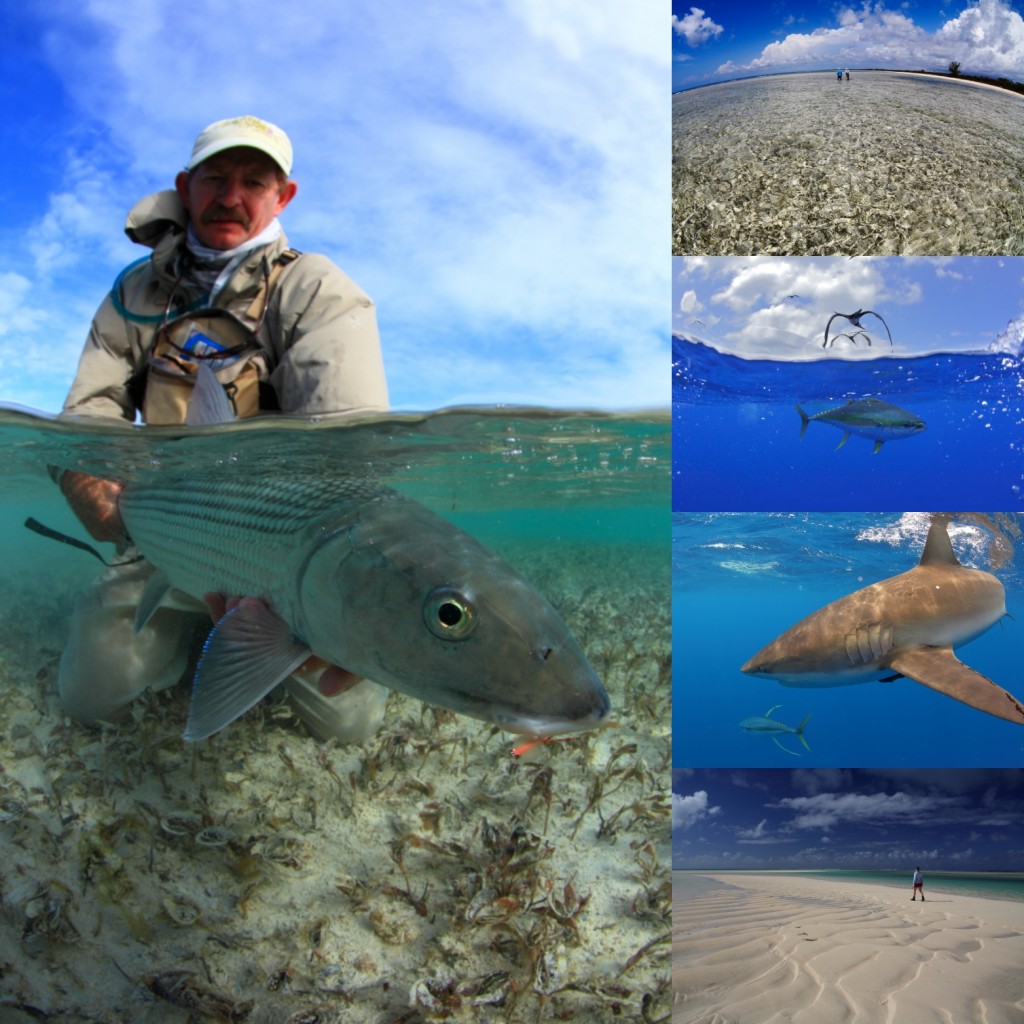
When the rods were disassemble it was you who motivated them to continue the fight? I think these moments were really good!
I have to defend the rods here, they just came apart because we always did forget to check if the parts where still well connected, boat and engine vibration usually make them come a bit loose. The rods stayed rigged for more then three weeks straight ! When they came apart, I’d simply say, you’re still connected fight is still on ! Also the rods took such a brutal beating especially by Keith Rose-Innes, watch him land a big GT in pretty much less than 5 minutes, to this day I still don’t understand the rod didn’t part in a nuclear blast with the merciless pressure Keith put on it.
After, you also made two very interesting films, Gaula and Salmo Trutta Lacustris. How was the shooting done? How do you know the passages of these migratory fish? How do you do to get closer to them?
Gaula took a total of nine weeks for the production over three different trips, so this was substantially more than the 18 days we spend for the shooting of Tapâm. For Gaula we fished the early season fishery on the Gaula in mid-June, then the summer fishery in late August.I had then returned alone to film the reproduction of the Atlantic salmon underwater. I love to observe fish underwater ; I’m also an avid freediver. I knew the river quite well from snorkelling through pretty much all the beats, I had a feeling already in summer where the magic could happen during winter. I have to admit though that the cook Per Hogval of the NFC lodge was vital in spotting fish in the river and showing me their preferred spawning sites. It opened my eyes in a new way and taught me a lot. Filming them underwater is a total nightmare, I use to say flying to the moon is easier than filming wildlife underwater. I used a remotely controlled underwater camera set-up consisting of a Canon 5D mark II in a custom build housing. The camera was placed underwater on a special heavy tripod. I could work the camera from my laptop and have a live image on it also. Setting up this kit is not easy, framing has to be correct. Often it does not work, but when it does, the fish don’t bother about the camera and the magic happens right in front of it.
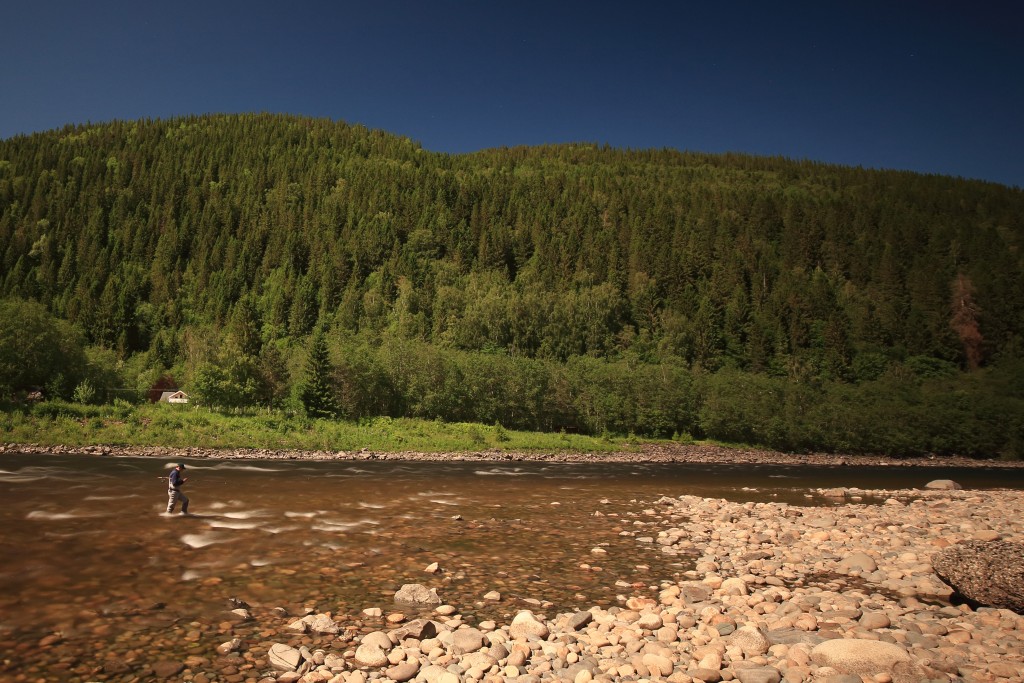
If we go back to your filmography, on which shoot did you take the most pleasure and why?
Each production is unique ! I really can’t tell which stands out. Tapâm holds a very special in my heart especially as it was shot with Jan that I consider as a brother from another mother. Gaula was also very unique and rewarding, in retrospect I realise how lucky we were to create these stunning images, we were some of the very first to use drones. I’m very proud of the underwater sequence of the fish spawning that earned us laurels at the Blue Ocean Film Festival that year. The River Monster shoot was very special, working with Jeremy Wade and the crew was great, to this day I still have contact to the entire crew. To put it simply : I’m very privileged that I could make or take part in all these beautiful projects. I just love to go out and film and photograph.
You make films and photos at sea, so I have a fairly simple question, what is the most technical : to take pictures in salt or in fresh water?
Both are equally complex, both are in their own ways technically very challenging. I regard both as my forte. Maybe bluewater photography and film are a bit more challenging as for most just the thought of jumping in the water on the open waters causes massive panic attacks. It’s also challenging as the blue water gives no size reference, you’re basically filming an object in front of a homogeneous blue wall, so creativity becomes especially crucial here.
If I understand, you are taking your underwater pictures during freediving, what do you feel doing this? I guess it’s an intense moment when you come face to face with a shark or a whale?
I might sound like I’m a hardcore freediver, this is definitely not the case. Most of those unique encounters do happen right at the surface, so you don’t have to be capable of a world record breath hold. For most people the thought to swim the open ocean is rather scary ; I love it though. The thing is to remain calm and enjoy the experience ! Also pelagic animals will feel if you’re relaxed and stay close much longer than you’ve ever imagined. I had the chance to thus spend time with large yellowfin tuna, marlin and cetacea in the water. A very memorable encounter was spending close to five hours underwater with very large yellowfin tuna. This encounter was very unusual, I hate to say it but it looks like it was a once in a lifetime encounter!
Right now, what are you working on?
I have two projects cooking in the edit room at the moment, a funny Gaula sequel again with partner in crime Anton Hamacher that we just shot this summer. Plus I’m currently working with German Kristof Reuther on a short nature documentary on the ecological importance of large wooded debris in rivers.
Then, I also have photo work lined up soon for Hobie and French Magazine Voyages de Pêche. Late winter a return to a very remote island group could follow if all goes well…
My five years oldd daughter has a question for you : how do you take pictures underwater?
It’s easy, just make your camera waterproof or get one that is waterproof already, such as a GoPro. Get yourself snorkel, mask and preferably fins and you are set to film and take pictures underwater. Stay very calm underwater, become a fish among fish to then take photos of them. But beware, you might get hooked for life, fish are beautiful underwater !
You use a lot the go-pro or not?
I do use GoPros, but I don’t use them as main camera. I do attach two GoPros on my underwater main camera for example to record whatever weird thing might come along. GoPros are very good for their size, yet have many limits, too. They need a lot of light especially underwater.
Do you have an advise to start underwater shooting?
Underwater photography is a totally different field compared to taking pictures over water. I’d keep the underwater camera as simple as possible and choose a super wide angle solution. Then get as close as possible to your subject, to show its detail and color.
Thank you very much and continue to make us dream. I hope to meet you one day (maybe a shoot with the Mouching team).
I love my brothers from Mouching!
I’m back in France in April 2020 ….
To go further :
www.danielgoez.com
www.gaulathemovie.com
www.tapamthemovie.com
instagram : danielunderwater
facebook : danielunderwater

 Français
Français
